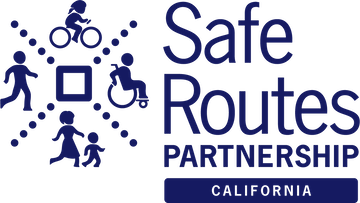Early this summer, the California Environmental Protection Agency’s Office of Environmental Health Hazard Assessment released a report analyzing the links between CalEnviroScreen 3.0 scores and race/ethnicity and age. CalEnviroScreen is a database tool to evaluate the burden of environmental pollution on communities. It gives each a census tract a score that is calculated by accounting for socio-economic factors, pollution burden, and prevalence of certain health conditions. Since CalEnviroScreen 3.0 does not include race, ethnicity, or age in its score, this report looks at the correlations between race/ethnicity and the likelihood of a population’s proximity to environmental hazards. The report also looks at age, focusing on children and older adults who face higher health risks when living within environmental justice communities.
The report lifts up concerns that communities of color carry the burdens of environmental hazards, as they tend to live in communities with higher score. The report notes that Latinx and African Americans disproportionately live in highly impacted communities, with Cal EnviroScreen scores nearly twice as high as whites. Among the most concerning findings is that children in census tracts with the highest CalEnviroScreen scores are predominantly Latinx. Latinx children make up about half (53%) of the state’s children, but make up 81% of the children living in the most highly burdened census tracts.
The findings in this report can be useful to local public agencies and advocates alike, especially those working on equity or with sensitive populations like children and seniors. From a Safe Routes to School advocacy standpoint, the findings emphasize the importance of policy efforts and infrastructure improvements to reduce driving--particularly heavy trucks--and the associated pollutants near schools. For example, the report indicated that air pollution is more detrimental to children: “Air pollution can contribute to asthma, aggravated by children’s high breathing rates and increased particle deposition in their small airways. Because children have low body weights and high oxygen demands, they can also ingest larger amounts of chemicals than adults relative to their size (OEHHA, 2001).” As we continue working on issues such as advocating for cleaner air near schools and the elimination of industry and freight near schools as in Bloomington, CA or Fontana, CA), this report serves as a good reference tool.


